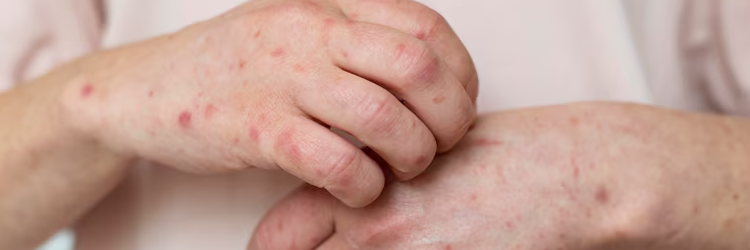Fungal infections are common skin conditions that manifest with symptoms such as itching, redness, rashes, and flaking. This condition, which typically occurs in warm and humid areas, is caused by the proliferation of fungal microorganisms known as dermatophytes on the skin. Fungal infections are frequently seen between the toes, in the groin area, in body folds, or on the nails. These infections can be both uncomfortable and contagious, which is why many people search for an answer to the question, “How to treat fungal infections?”
The most important step in treating a fungal infection is to make an accurate diagnosis and start appropriate treatment without delay. Fungal infections detected early can be easily controlled with topical antifungal creams, which are applied directly to the skin. These creams stop the spread of the fungus, reduce skin irritation, and accelerate the healing process. However, if the infection has advanced or become recurrent, systemic antifungal medications (oral medications) may be required under a doctor’s supervision. This type of treatment is especially common for nail fungal infections.
Hygiene is extremely important during the recovery process from a fungal infection. Keeping the infected area clean and dry plays a critical role in preventing the spread of the disease. In the case of foot fungus, frequently changing socks, ventilating shoes, and wearing non-sweating shoes all help support the treatment. Avoiding walking barefoot in communal areas, such as pools, gyms, and baths, is also an effective preventive measure.
For those looking for natural remedies for fungal infections, natural ingredients like tea tree oil, apple cider vinegar, and garlic are sometimes recommended. However, these methods should always be used with approval from a dermatologist and as a supportive measure. It is important to note that using products unsuitable for your skin type without proper guidance can cause the infection to spread further or lead to skin irritation.
The most effective approach to treating fungal infections is to maintain personal hygiene, use medications regularly without skipping doses, and follow the process as recommended by a specialist. The treatment process may vary from person to person, so it is essential to be patient and follow the doctor’s guidance. It is important to remember that fungal infections are treatable, and with the right methods, full recovery is possible.
This content has been prepared based on the recommendations of Associate Professor Dr. Tuğba Falay Gür.










